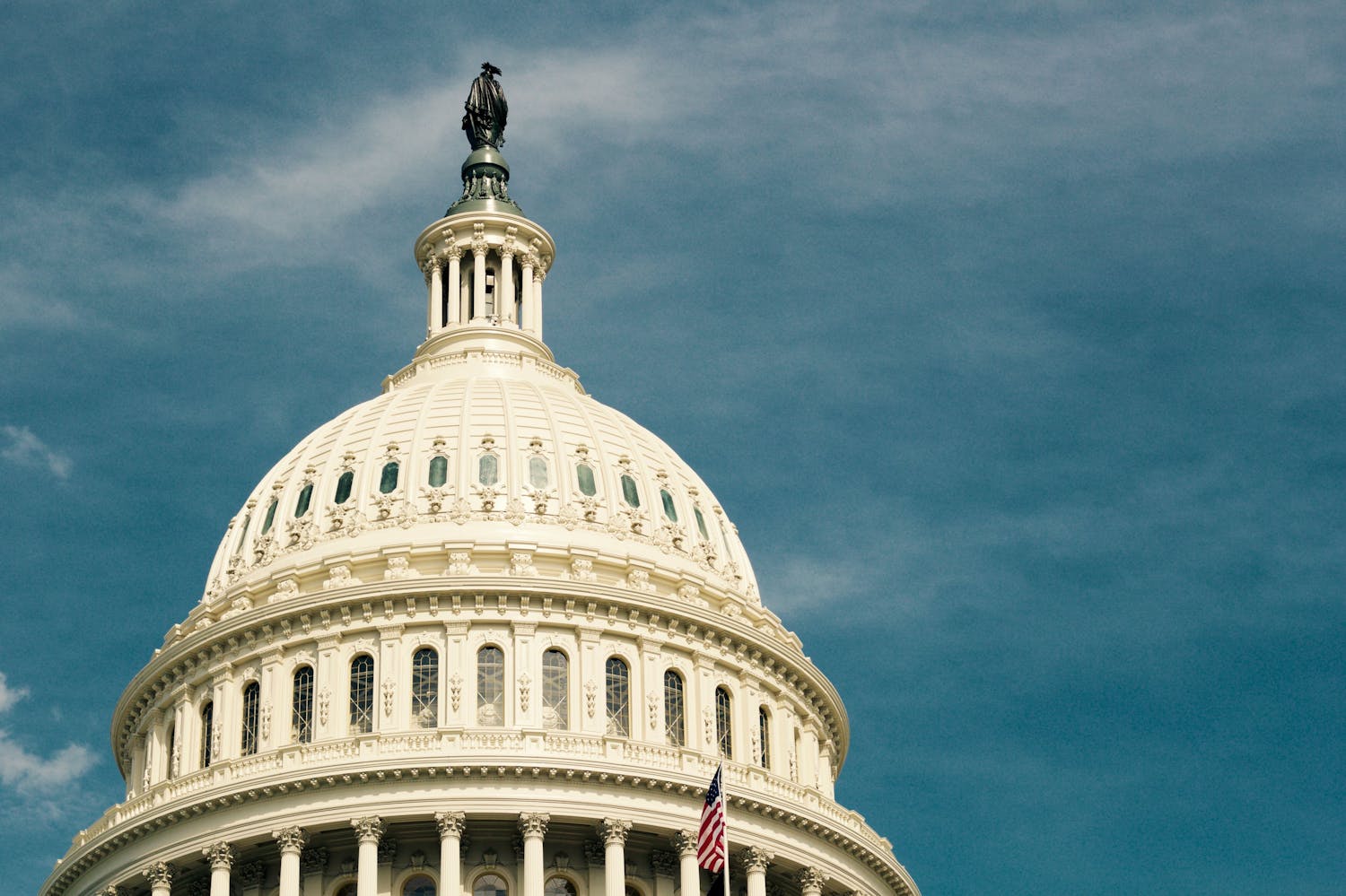
Science and Technology Policy Assessment: A Congressionally Directed Review
The U.S. Congress has access to many sources of science and technology policy information and analysis. Currently, two of these sources housed within the Legislative Branch include: 1) the Congressional Research Service, established in 1914 within the Library of Congress, which works exclusively for the United States Congress, providing policy and legal analysis to committees and Members of both the House and Senate, regardless of party affiliation, and 2) the U.S. Government Accountability Office, an independent, nonpartisan agency, which examines how taxpayer dollars are spent and provides Congress and federal agencies with objective, reliable information to help the government save money and work more efficiently.
Click the button below to view the Report.
ReportStudy Description
In the Conference Report to Accompany H.R. 5895, Congress directed the Congressional Research Service (CRS) to contract with the National Academy of Public Administration (the Academy) to conduct a review detailing the current resources within the Legislative Branch that are available to Members of Congress regarding science and technology policy. These resources include the U.S. Government Accountability Office (GAO).
As mandated by the Conference Report language, the Academy’s study will accomplish the following:
- Produce a report detailing the current resources available to Members of Congress within the Legislative Branch regarding science and technology policy, including GAO.
- Assess the potential need within the Legislative Branch to create a separate entity charged with the mission of providing nonpartisan advice on issues of science and technology, such as the former Office of Technology Assessment (OTA).
- Address whether the creation of a separate entity would duplicate services already available to Members of Congress.
Recommendation
Based on its assessment of three options, the Panel recommends Option 3: Enhance Existing Entities and Create an Advisory Office.
This option has four key components.
- CRS enhances and expands its quick-turnaround and consultative services in S&T-related policy issues.
- GAO further develops the capability of its Science, Technology Assessment, and Analytics (STAA) mission team to meet some of the supply gaps identified in this report (i.e., Technology Assessments, short-to-medium term reports, and networking) and make appropriate changes in its organization and operating policies to accommodate the distinctive features of technology assessments and other foresight products.
- Congress creates an Office of the Congressional S&T Advisor (OCSTA), which would focus on efforts to build the absorptive capacity of Congress, to include supporting the recruitment and hiring of S&T advisors for House and Senate committees with major S&T oversight responsibilities. OCSTA would also be responsible for horizon scanning.
- Congress creates a Coordinating Council to be led by the Advisor and includes representatives from GAO’s STAA, CRS, and a NASEM ex officio member with the objective to limit duplication and coordinate available resources to most benefit the Congress.
If you have any questions or comments, please contact Roger Kodat, Senior Project Director, at 202-204-3610, or rkodat@napawash.org.
